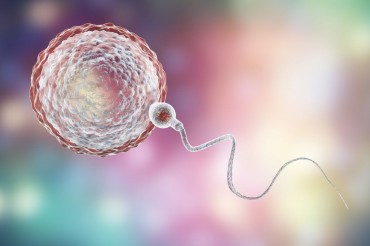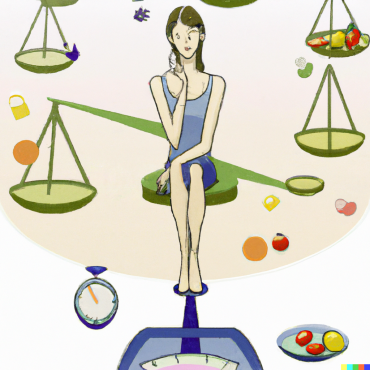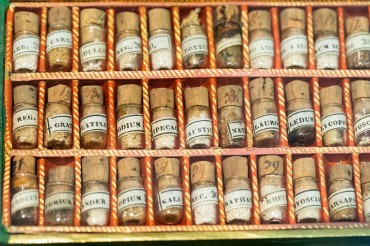For couples who’ve made the decision to start a family, thoughts of nursery decoration, coming up with baby names, planning baby showers and deciding how much time mom and dad are going to take off work are some of the first thoughts that come to mind. The last thing you expect to have to worry about is discovering that one or both partners have fertility issues. The good news is that truly massive strides have been made in the fertility treatment field since the first baby born as a result of IVF (or In Vitro Fertilization) way back in 1978. In fact, an estimated five million babies have come into the world as a result of IVF since then!
And although it is the most well-known, IVF is just one method of fertility treatment available for parents today. Here we take a closer look at some of the many options available to would-be parents – all of which offer great hope to anyone struggling to conceive.

IVF – In Vitro Fertilization
In the IVF process, fertilization takes place outside of the body in the laboratory, simply by allowing an egg and sperm to come into contact with one another in conditions that mimic ideal body conditions. Once this has happened, the fertilized embryo is then transferred to the mother’s uterus so that the pregnancy can proceed as normal.
Some cutting-edge facilities such as Wijnland Fertility even make use of a highly specialized incubator known as the EmbryoScope. This incubator has a built-in camera which allows the embryologist to follow the development of the embryos in great detail and even review time-lapse footage, ensuring the greatest possible chance of a successful implantation.
If IVF treatment is not successful, then another procedure known as ICSI or Intra-Cytoplasmic Sperm Injection is the next option. This takes the process of IVF one step further by physically assisting a single sperm to actually cross the egg barrier. Introduced in the 1990s, this procedure requires highly skilled embryologists and specialized equipment such as micro-needles, but dramatically improves the chances of conception. It is a good option when the male partner has a low sperm count, has suffered any kind of spinal injury, or if the female partner is over the age of 38.
Artificial Insemination (AI) and Intra-Uterine Insemination (IUI)
There are two main components in Artificial Insemination or Intra-Uterine Insemination – collection and preparation of a sperm sample from the male partner or donor, and the medical inducement of superovulation (stimulating the growth of more than one egg) in the female partner or surrogate. It is a good option for women with mild endometriosis, irregular menstrual cycles, or failure to ovulate – which is known as anovulation. It is also a good option when a frozen sperm sample from the male partner or sperm donor is to be used.
Use of frozen embryos through IMSI or Intracytoplasmic Morphologically-selected Sperm Injection
Did you know that frozen embryos now have the same chances of resulting in pregnancy as fresh ones? This is due to huge advances in the freezing process, known as vitrification. Using frozen embryos can be advantageous because transfers can be done when the endometrium is in a more natural, receptive state and not heavily stimulated as it may be during an IVF cycle. Viable embryos created during the IVF process may be harvested and frozen for later use for exactly this reason, allowing the potential for multiple pregnancies and more than one child from just one successful round of IVF treatment. It is also a good option if one partner requires unrelated medical attention which may interfere with fertility, or if a single person wishes to preserve their reproductive options for the future.
Assisted hatching
‘Hatching’ might not be a term we normally associate with human eggs, but it does actually occur! The female egg is surrounded by a protein layer called the zona, which protects the developing embryo for the first five or six days of development and needs to be shed before the embryo can attach to the uterus lining and begin to draw nutrients from the mother’s bloodstream. In some women, particularly those over the age of 38, this layer can become slightly thickened, trapping the embryo inside. The EmbryoScope which we mentioned earlier can be used to detect if this is the case, and if so, a very gentle zona thinning technique can be applied to help a successful pregnancy take place.
These are just some of the options available to couples and individuals battling to start a family, and each year sees fresh advancements in the field of fertility treatment. The most important thing is simply not to give up hope!

























































Comments